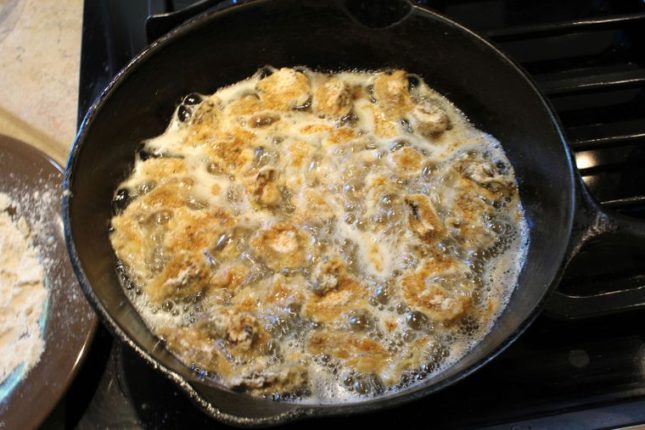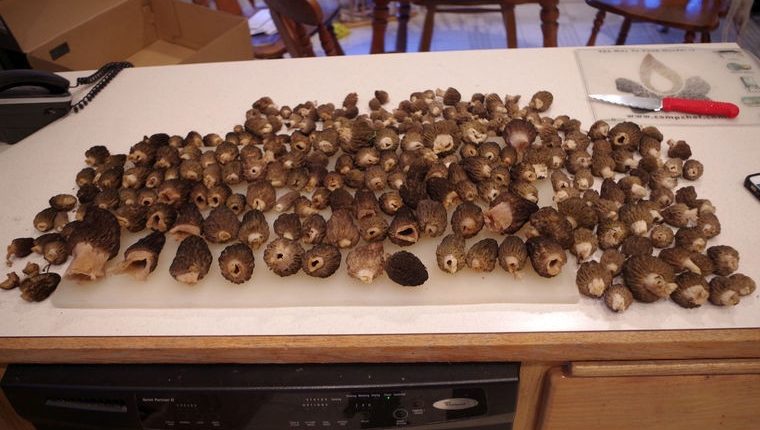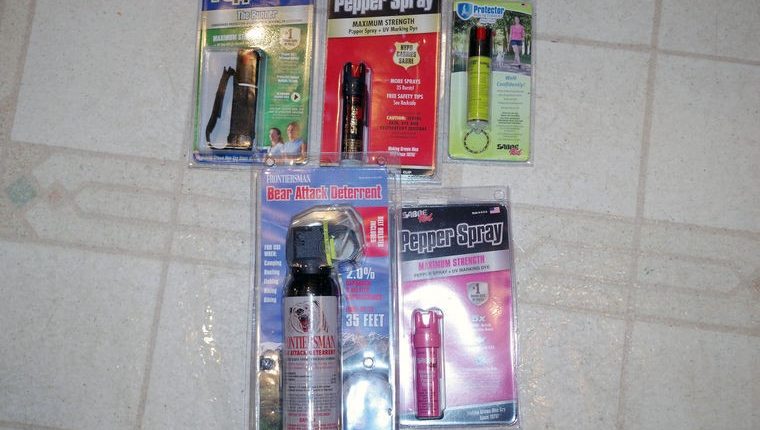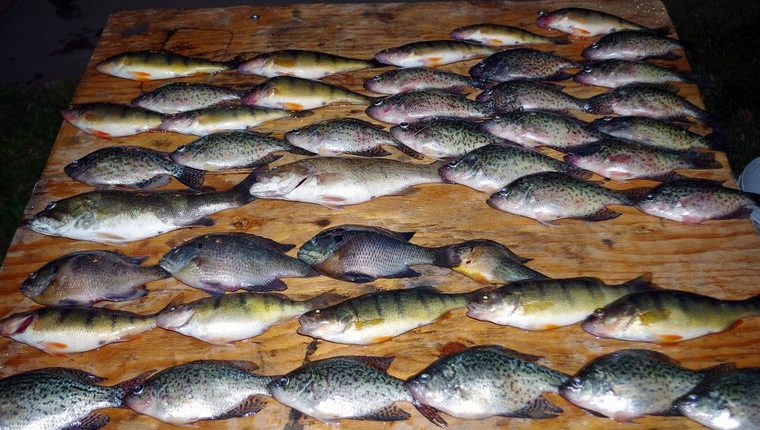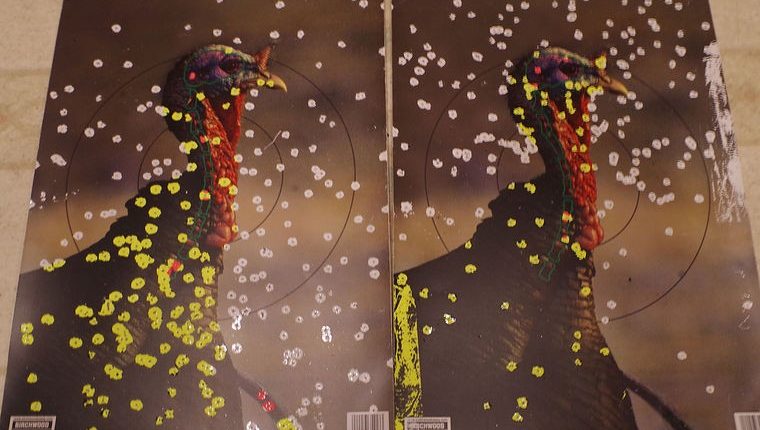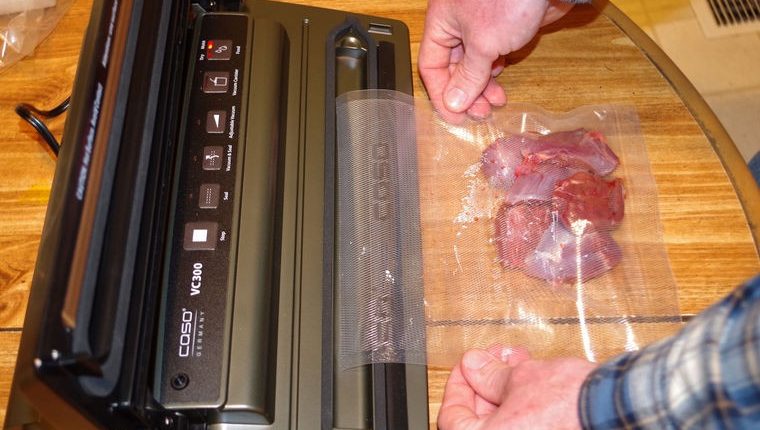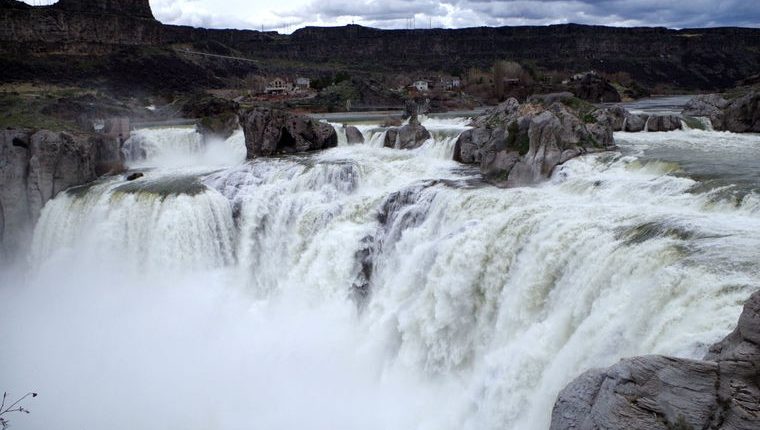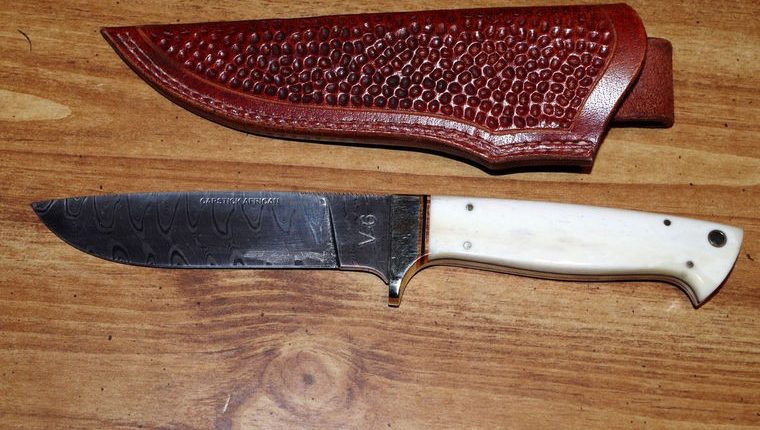I’ve been hitting the mushrooms hard lately.
In fact, I’m headed out to a burn area to hit them again. In case you’ve never eaten them, you may not understand why I go so nuts about mushrooms. Or maybe you’ve gone and picked a few but don’t know what to do with them. So I thought I should write an article on how to cook them.
To begin, let’s get them prepared.
Rinse them off gently. Then lay them on a cutting table and slice them in half longwise. I then put them in a bowl and fill it with water and pour it off. Then fill the bowl again with water. Sprinkle with salt to kill the bugs.
Most people will tell you to let them soak overnight to kill all of the bugs, but if I’m hungry I eat them right away — and I haven’t died yet. They do have quite a few bugs sometimes, though. I then pour off all of the water and set them aside.
Next I beat two to three eggs and add a little milk and beat them all together. Pour some flour on a plate. Dip the mushrooms in the egg batter and then roll in the flour. At this time, I have a Lodge black iron skillet heated with a 1/2-inch of grease.
You want the grease hot enough so it bubbles steadily when you put in the mushrooms.
I place all the mushrooms in the skillet and then sprinkle with Tony Chachere’s seasoning. Fry to a golden brown and then I use a fork to flip them. Fry the other side to a golden brown and then dip them out and place on a plate lined with paper towels.
Serve piping hot. They are to die for. They are the second best fungi in the world, second only to the truffle in England. If you closed your eyes, you’d think that you were eating a chicken fried steak.
I’ve had them in omelets, in cream gravy and sautéed in butter, but the above recipe is my most favorite way to cook them.
If you haven’t been out yet this year, hurry out. They are still out. We went out tonight and picked 95 and they were all in great shape, albeit most were really small. The season won’t last much longer. Have fun and happy eating.
Tom Claycomb lives in Idaho and has outdoors columns in newspapers in Alaska, Idaho, Utah, Nevada, Colorado and Louisiana. He also writes for various outdoors magazines and teaches outdoors seminars at stores like Cabela’s, Sportsman’s Warehouse and Bass Pro Shop.
